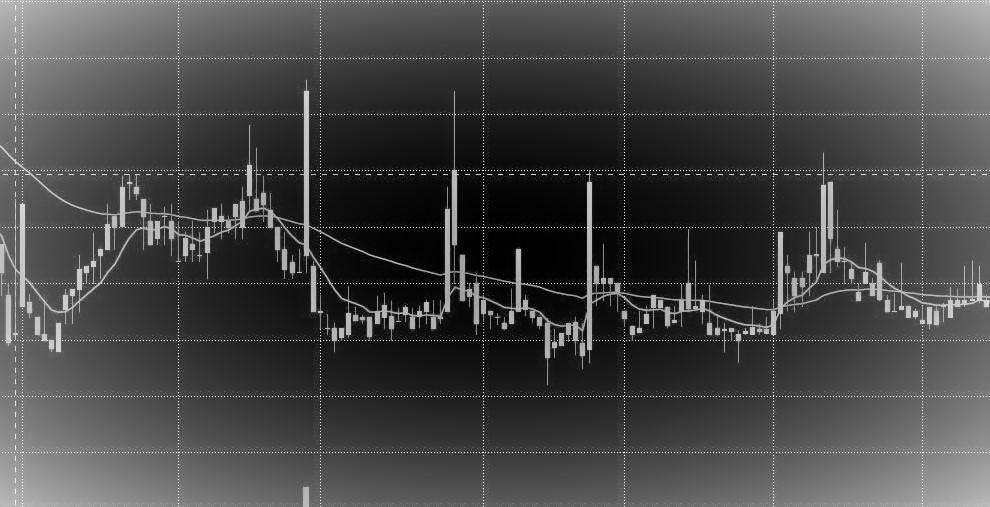What is a reverse split?
A reverse stock split is a process where a corporation reduces the number of its shares outstanding with a smaller number, according to Fool. Since the number of shares becomes smaller, the resulting shares must have a higher value in order to balance investors’ portfolios.
The reverse split is also known as stock consolidation.
The opposite of reserve stock split is the stock split. The stock split increases the number of shares outstanding and reduces the stock price. Many corporations perform stock splits after their shares became too expensive for regular investors. After the stock split, the stock appears affordable which attracts investors of all kinds and sizes.
How does the reverse stock split works?
There are times when a corporation will need to reverse split its stock. When it comes to this point, the company will decide how it will consolidate its outstanding shares. The company will come up with a new number of shares based on its price target. Investors will end up with fewer shares. However, their new shares will have higher values that will balance their portfolios.
For example, an XYZ company can decide to have a 1-for-50 reverse split. This means that investors who owned shares of XYZ company before the split will receive one share for every 50 shares they owned. To compensate for the number of shares investors are losing, a company will increase the value of the new shares in a way that 1 share will have the value of 50 shares (if you go by our example). Instead of having 50 shares that are worth $6, for example, you will receive one share that is worth $6. This means that the stock will be trading at $6/share when the market opens.
The common reverse stock split includes but not limited to 1-for-5 and 1-for-10. In these cases, investors will receive 1 share for every 5 shares and 1 share for every 10 shares they owned in a company respectively.
Why do companies do reverse splits?

Publicly traded companies are listed on exchanges such as NY Stock Exchange or Nasdaq. These exchanges have regulations and listing requirements that each company must meet.
Some exchanges have a rule that companies must keep their stock values above $1. It is possible that a stock can trade under $1 without being delisted. However, if a stock trades under $1 for an extended period of time, it will risk being delisted from the exchange.
Companies avoid this problem by doing a reverse stock split.
The other reason companies do reverse split is to attract investors of all kinds. Most of the time, a reverse stock split sends a message that a company is not doing well financially. For this reason, many investment firms may not invest their money in the stock. This will leave the company to only rely on retail investors.
In order to attract these investment firms, a company will bump up its stock price through a reverse stock split.
What are the benefits of reverse splits?
By doing a reverse stock split, a company will avoid being delisted from the stock exchange. This is the main reason many penny stocks perform reverse stock splits.
The other benefit of the reverse stock split is to attract institutional investors. Many investment firms prefer stocks that are doing well or have a bright future. Boosting the stock price increases the confidence of some institutional investors about the stock.
The split can also benefit investors who already owned the stock before the split. As many investors buy the stock after the split, the stock value will increase due to the competition. This will increase the value of your portfolio.
Disadvantages of reverse stock splits
It is important to note that the reverse stock split does not increase or reduce the value of the company. The only thing that changes is the number of outstanding shares.
Companies that perform reverse stock splits are usually not performing well financially. More importantly, the market considers the split as a confirmation of more troubles to follow.
As a result, many companies experience major sell-offs after the reverse split. This sell-off wipes out many investors’ gains and tanks their portfolios.
Since reverse stock splits are announced ahead of time, some investors start downsizing their position sizes before the split. They do this due to the negative sentiments a stock will experience after the split.









